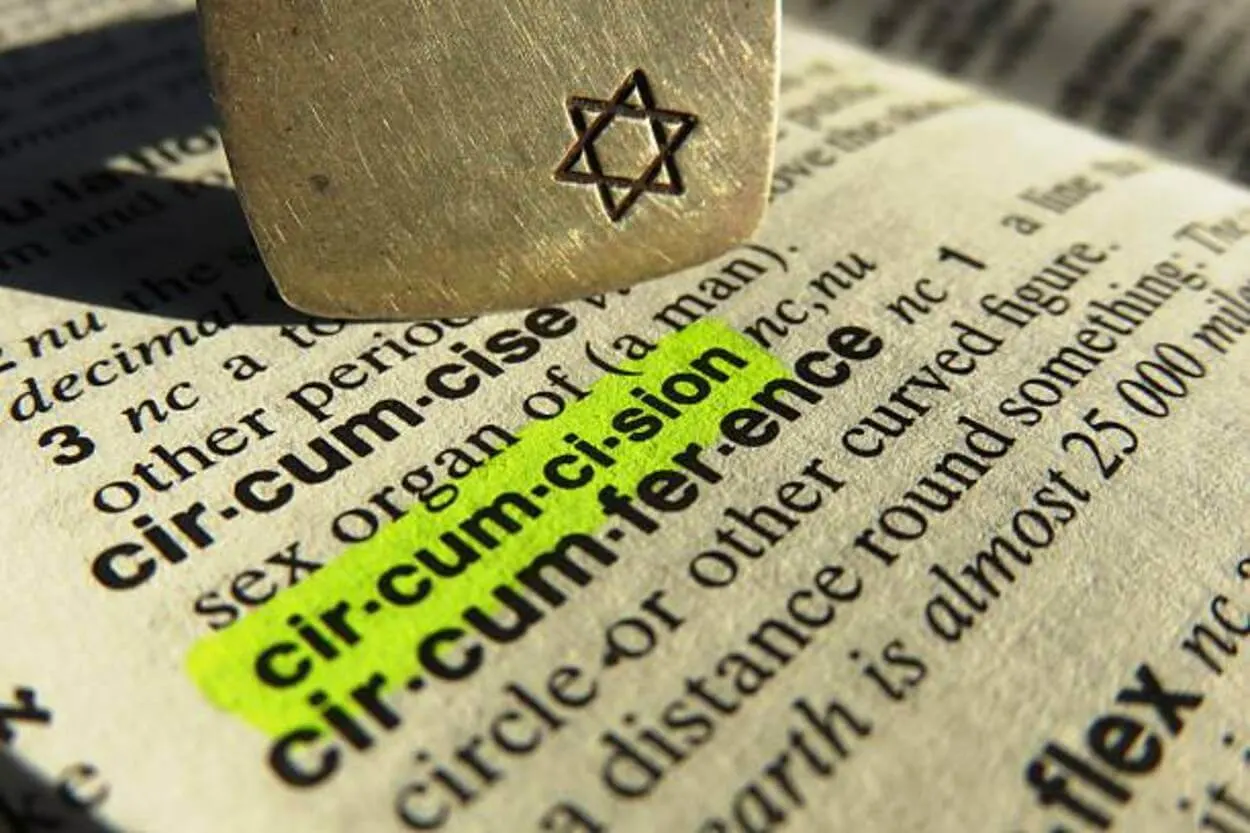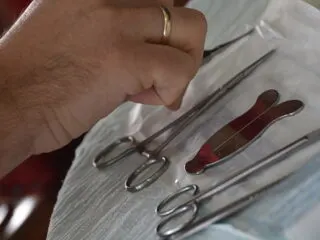Boys are usually born with a foreskin that covers the head of their penis, and circumcision is an elective, surgical procedure in which the foreskin of the penis is removed.
Although mostly this process is done after the few days of birth since this process is generally less risky and easier in infancy but males can undergo regular and partial circumcision at any age.
There are two types of circumcision that are done. One is regular circumcision in which the whole foreskin of the penis is removed, and the other is partial circumcision in which a portion of the foreskin is removed. It totally depends on your personal choice that which type of circumcision you prefer.
In this article, I’ll discuss what is the difference between regular circumcision and partial circumcision.
What Is Regular Circumcision?
Regular circumcision is also known as full circumcision or total circumcision, it involves total removal of the foreskin, leaving the glans completely uncovered.
In regular circumcision, the cut is done behind the crown of the glans, in an area where the skin is much less elastic. In regular circumcision, the risk of developing a fibrous ring is practically none.
What Is Partial Circumcision?
Partial circumcision consists of cutting parts of the foreskin of the penis. In partial circumcision, the entire foreskin of the penis isn’t removed, a considerable amount of foreskin is left to cover the crown of the glans.
The cut on the skin is made in the elastic area of the foreskin; however, this style has the risk of scarring forming a fibrous ring, similar to what occurs in initial phimosis.

What Is the Difference Between Regular Circumcision and Partial Circumcision
Circumcision is a process in which the foreskin on the penis is removed. Regular circumcision and partial circumcision are two different types of circumcision. One can decide which type of circumcision he prefers.
The foreskin covers the head of the penis and is removed at the time of birth or later in life due to personal or religious reasons. Removing the full foreskin of the penis is known as regular circumcision.
Whereas, partial circumcision is when only part of the foreskin is removed. In most cases, only the topmost portion of the foreskin is removed, exposing the tip of the penis but leaving the bottom, or corona, of the penis head covered by the remaining foreskin tissue.
What Are the Benefits of Both Procedure?
Some people prefer to have partial circumcision instead of regular circumcision for several reasons. Some people might want to keep their foreskin for personal or aesthetic reasons, or you may not feel comfortable removing your entire foreskin, especially if you’re having circumcision later in your life and you’ve had it your whole life.
However, in some cases, partial circumcision is not an option. If your foreskin has become stuck due to the formation of scar tissue, you may need to have regular circumcision and you may need to have the entire foreskin removed.
Regular circumcision can be done because of various complications. Issues like phimosis, balanitis, or infections that occur underneath your foreskin might be the reason behind regular circumcision.
What Are the Risks?
Although people go through this procedure to be safe from some diseases and medical issues, there are a few risks that you should be aware of before going for partial circumcision.
After the circumcision, you probably won’t notice any difference in the pleasure you feel when you have sex, although sensation may be slightly reduced. Apart from that, some possible complications of a partial circumcision include:
- Nonstop bleeding
- Injection around the surgery site
- Excessive pain and tenderness in the penis
- Stitches that won’t dissolve
- Recurring phimosis or balanitis that requires more foreskin tissue removal
How Is Partial Circumcision Done?
There’s a whole procedure of partial circumcision. Before circumcision, your doctor may ask you to fast for about six hours. You may have to stop taking certain medicines before the procedure, such as blood thinners, for at least 24 hours.
Your doctor may give you local anesthesia for this procedure, this means only the penis and area surrounding your penis will be numb and you won’t be able to feel any pain. You can also ask your doctor for general anesthesia, which will let you remain asleep during the entire procedure.
After the anesthesia, you will be taken to the operating room, and your doctor or surgeon will ask you to lie down on an operating table. After then he will prepare for the procedure by doing the following steps:
| Steps | Explanation |
| Cleansing and sterilization | Cleanse the penis and put sterile drapes around it |
| Use skin-marking pen | Mark an area on the foreskin indicating how much of it will be removed. In a full circumcision, the entire foreskin is removed at its base on the shaft of the penis |
| Use a scalpel for cutting | Cut the intended amount of foreskin off the penis |
| Use thermal cautery for heat employment | To stop any areas of bleeding after removing the foreskin |
| Stitching | Stitches the skin back together using dissolvable stitches |

How to Recover From Circumcision?
Generally, there are no complications after circumcision and you’re allowed to go home the same day as the procedure. Your doctor may prescribe you some medicines and pain killers, such as acetaminophen (Tylenol) to manage any pain and discomfort.
After the procedure, your penis will be covered in a dressing that you can remove after about 24 hours. In about six weeks, your penis will be fully healed from the procedure. However, a baby takes less time to heal from this procedure. A baby will heal in 7 to 10 days from circumcision.
While you’re recovering, your doctor will advise you to do the following:
- Apply petroleum jelly on the surgical site to avoid irritation from the penis rubbing against underwear or clothes.
- Wash the penis with warm water a few times a day after removing the dressing.
- Avoid lifting any heavy weights for at least a week.
- Avoid having sex for at least four weeks after the procedure.
- Wait for stitches to dissolve fully or to fall out. This will take around two to three weeks.
- Don’t worry about the appearance of your penis, it can take about six weeks for it to fully recover.
Moreover, you need to consult your doctor right away if you notice any of the following:
- Pain that doesn’t go away with pain killers and medicines
- Excessive bleeding
- Foul-smelling or abnormal discharge from the surgical site
- Swelling
- Pain while peeing or not being able to pee at all
The Bottom Line
Circumcision has become a common practice nowadays due to personal and religious reasons. Most people go through this procedure at the time of birth since it can save you from various diseases. Apart from that, you may also need circumcision because of any medical reason or infection.
Circumcision is a safe and easy procedure that can be done to treat several uncomfortable conditions and infections that affect the penis. It’s also the safest method to change the appearance of your penis if you’re not satisfied with how it looks.
Regular circumcision and partial circumcision, both are safe methods. In regular circumcision, a full foreskin of your penis is removed. While in partial circumcision, parts of the foreskin are removed. It depends on your personal choice and preference which method you want to go for.

